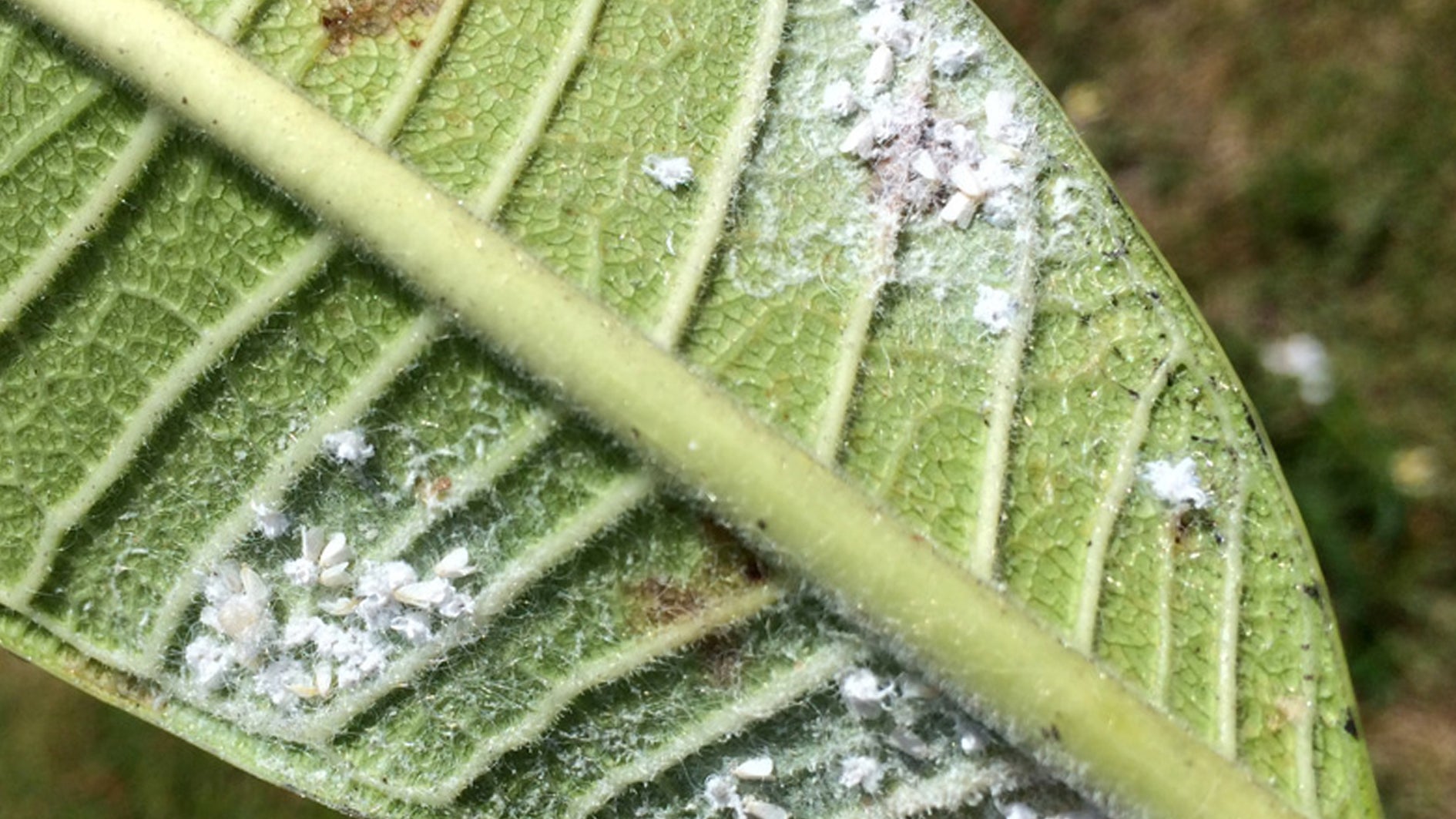
Whitefly
16 May, 2021
Whiteflies are small white sap sucking insects 1-2mm in length that resemble miniature moths with a wingspan of around 3mm. Both the nymphs and the adult insects are sap suckers. Their feeding can harm the vigour of the plant, and help spread disease. As they feed they excrete a sugary substance (honeydew) and if left can allow sooty mold to grow on the leaves.
During warmer periods they can breed prolifically. The female whiteflies lay their eggs on the underside of plants leaves. After 4-12 days the eggs hatch into crawling, sap sucking nymphs.
Prevention
Nicotiana (an attractive flower) is believed to attract whitefly and can be grown as a sacrificial plant or to serve as an early warning of their presence.
Various beneficial predatory insects will prey on whitefly and can help control numbers. To help attract beneficial predator insects grow a wide array of flowering plants including: alyssum, borage, hyssop, lavender, will help attract them.
Natural Treatment
Spray affected plants with Bugtrol a highly effective organic insecticide. Spray the plant thoroughly, drenching the tops and bottoms all the leaves, twice in one week. Alternate with Bioneem for best results. Whitefly can build up a resistance to sprays, therefore it is best to alternate with different sprays.
Spray at two weekly intervals throughout summer to keep infestation under control.
Where possible, spray in the evening to avoid affecting beneficial insects.
Other Treatment
Spray with Mavrik, mixed with Bioneem repeat spray twice in one week. Alternate with Bugtrol for best results. Follow up spraying will be required.
If you have a bad infestation, try using the systemic Groventive, which does not affect bees. Only use this on ornamentals/ non-edibles.
Where possible, spray in the evening to avoid affecting beneficial insects.